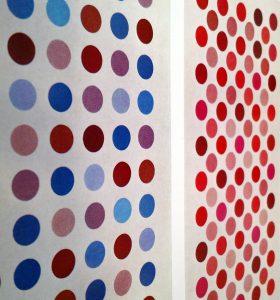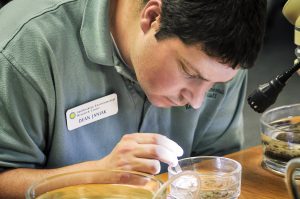
The Smithsonian Libraries salutes Dr. Nancy Knowlton, the Sant Chair in Marine Science at the National Museum of Natural History and senior scientist emerita at the Smithsonian Tropical Research Institute, who has received the 2016 Secretary’s Distinguished Scholar Award. The award celebrates excellence in all branches of Smithsonian scholarship by honoring the sustained achievement of one outstanding Smithsonian scholar each year.



